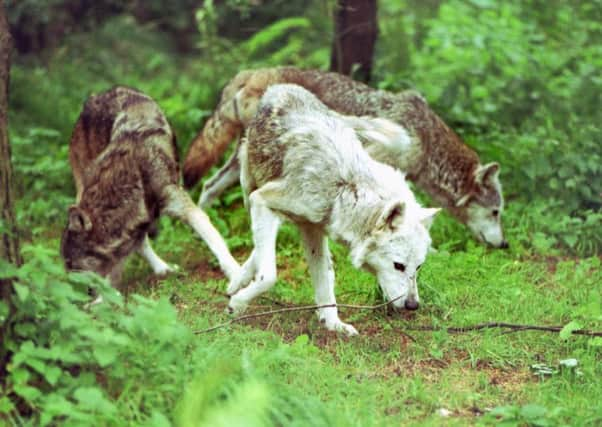Lori Anderson: The diamond dog that was a girl’s best friend


I’m sure I wasn’t alone in being moved to tears last week upon reading about the suspected arson attack on the Manchester dog home, only for my spirits to be raised by the overwhelming response of the British public, from those who fought through the flames to rescue dogs to the queue of traffic that blocked the motorway as people sought to give the survivors a safe home. Our overwhelming need to protect our furry friends led to an incredible £1.37 million being raised to rebuild the home and care for the survivors.
Our relationship with man’s best friend runs deep. The relationship between mankind and wolves, which would eventually evolve into the domestic dogs that softly pad by our sides today, started sometime between 32,100 and 18,800 years ago when we were still hunter-gatherers. Scientists had previously thought the relationship began at around 10,000 years ago during the agricultural revolution when mankind made the transition from hunter-gatherers to settled communities and that at this point, less aggressive wolves then began to rummage in our rubbish tips for food.
Advertisement
Hide AdAdvertisement
Hide AdThe oldest dog fossils, however, found in western Europe and Siberia, date to 15,000 years ago which means at some point during this much-earlier period wolves made contact with mankind.
It has been suggested that our ancestors raised them as cubs but it is more likely that older more docile wolves approached our fires mooching for food and over time, assisted in hunts and received a share of the kill.
As the meeker wolves bred, each subsequent litter was diluted and lost a little more of the lupine aloofness, suspicion and aggression. Their coats became splotchy, their ears flopped down and their tails began to wag. The population of wolves that gave rise to modern dogs is believed to have become extinct and genetic tests between dogs and modern wolves reveal differences in genes responsible for two specific areas: brain development, which explains their docility, and starch digestion. Dogs developed a mechanism for digesting starch, found in so much of mankind’s foods, which wolves lack due to their carnivorous diet.
As Dr Brian Hare, director of the Duke Canine Cognition Centre, wrote in his book The Genius of Dogs: “So, far from a benign human adopting a wolf puppy, it is more likely that a population of wolves adopted us. As the advantages of dog ownership became clear, we were as strongly affected by our relationship with them as they have been by their relationship with us. Dogs may even have been the catalyst for our civilisation.”
The key to the relationship between man and dog is the ability of a dog to read and comprehend our gestures, a facility that no other animal, such as the chimp or bonobos which are our closest relatives, can manage. We are not alone in our devotion to dogs.
The Greeks and the Romans celebrated the relationship in moulded pottery and mosaic floors. The earliest “Beware of the Dog” sign is to be found on the tiled floor of the entrance hall of the House of the Tragic Poet in Pompeii where the image of a snarling Mollosus dog with a red collar and iron link leash comes with the warning underneath: “Cave Canem.”
In recent years, the relationship between man and dog has become even closer, for once we were their guardians and now they are ours. No longer is it only the blind that are in their care, those with epilepsy are also in their paws with seizure alert dogs, known by the unfortunate acronym SADS, claimed to be able to detect oncoming seizures between ten and 50 minutes before, allowing the 30 per cent of epileptics who do not respond to drugs to seek a safe place. I write “claimed”, as clinical research is inconclusive.
Research may yet prove dogs are sensitive to subtle changes in heart rate and olfactory cues and I don’t doubt their ability to snuffle out the early stages of certain cancers and neither does Cancer Research UK who now believe that dogs can inform the development of electronic “noses” capable to detecting such tumours.
Seasonal adverts declare that a dog is for life, not just for Christmas and that’s what many owners believe they give them: a warmer, better, furrier life.